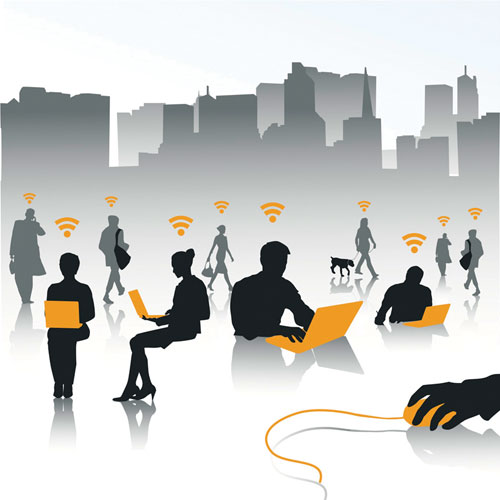A new development in the technology uses LEDs to boost
transmission speeds, and it’s cheap to boot

- A new LED light-based technology can boost WiFi speed 10 times
WiFi gets a light-assisted boost, with a new LED-based system that can up transmission bandwidth by a tidy 10x. Researchers at the Oregon State University who invented this new technology claim that it can be integrated with present-day WiFi
systems, helping alleviate bandwidth issues that generally plague
congested locations--public access areas and offices for example--where a
multitude of devices are online concurrently.
These advancements are thanks to recent developments in the
ability to modulate LED light--the process of rapidly switching the
light off and on to conform with the data signal being transmitted.
Since this technology is light-based, it works in free-space systems
where the transmitting and receiving stations are within line of sight
of each other.
“In addition to improving the experience for users, the two
big advantages of this system are that it uses inexpensive components,
and it integrates with existing WiFi systems,” said Thinh Nguyen, an OSU
associate professor of electrical and computer engineering.
This new wireless technology, christened WiFO, can
theoretically transmit data at up to 100 mbps, a speed that some of
today’s new standards can match. However, WiFO is capable of delivering
50 to 100 megabits per second to individual users; current-day systems
are capable of providing only a tenth of that speed per user. The
eventual gains are better user experiences across the board. Also the
technology can purportedly be manufactured using relatively simple
components--photodiodes that cost less than a dollar each--that are
connected via a USB port for current systems. All of this implies its
time to market can be expectedly short.

















0 comments:
Post a Comment